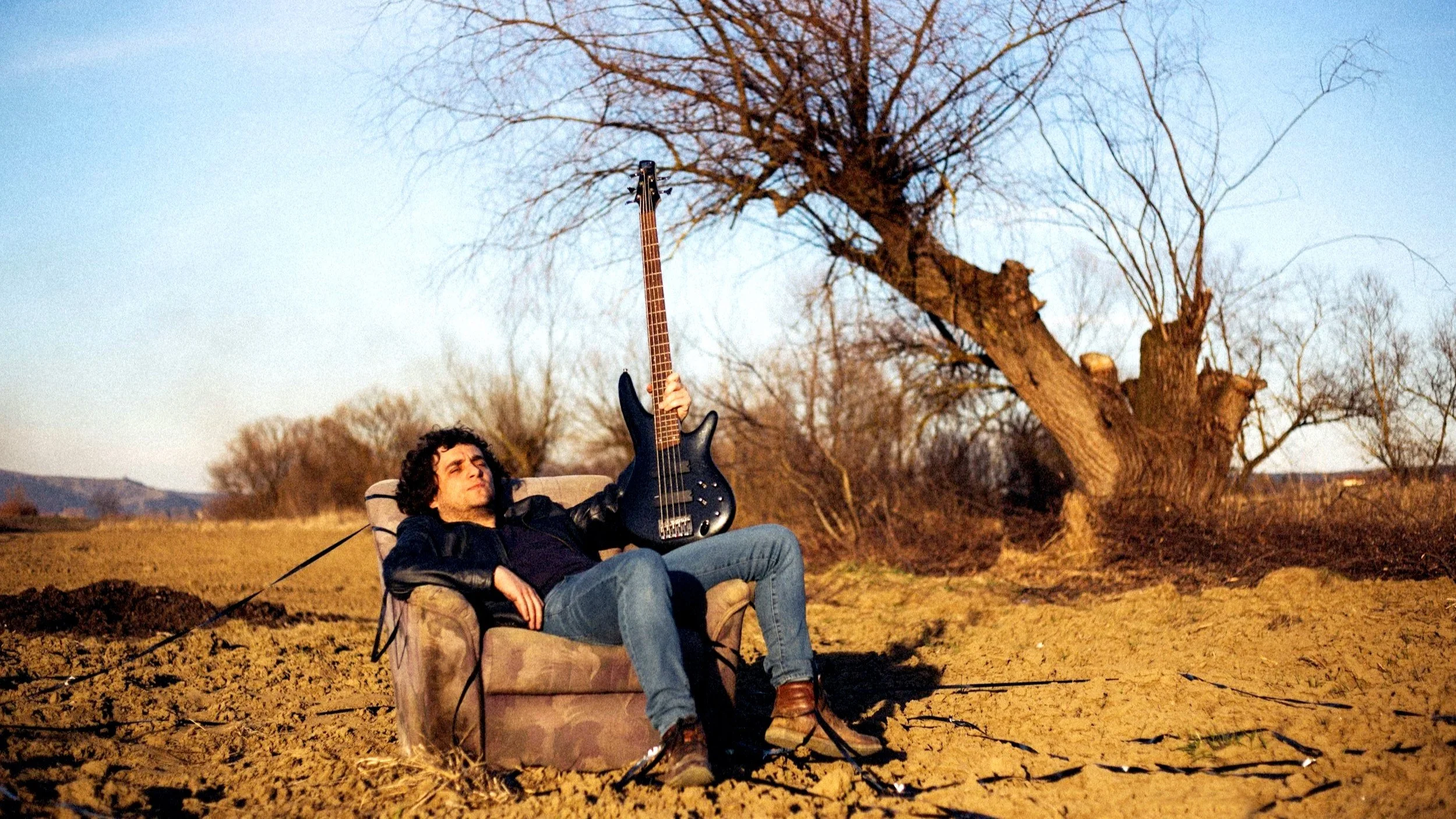Denim Culture Today: A Fabric That Found Its Sound
Few fabrics have been as intertwined with music culture as denim. What began as durable workwear evolved into the uniform of rebels, dreamers, and artists. Music and denim share the same spirit: raw, authentic, and constantly reinventing themselves with each generation. From the hip-swinging days of Elvis to grunge’s anti-fashion ethos and hip-hop’s oversized denim swagger, jeans have provided the backdrop for music’s most defining moments.
Denim doesn’t just clothe musicians-it amplifies their message. Each tear, fade, and fit mirrors the sound of an era, making denim and music a love affair that spans decades.
Rock ’n’ Roll Rebellion
The roots of denim in youth and music culture begin with rock ’n’ roll. In the 1950s, Elvis Presley - the “King of Rock and Roll” - helped popularize denim jeans as youthful and rebellious. Around the same time, James Dean’s all-denim look in Rebel Without a Cause (1955) set the tone: denim became shorthand for teenage rebellion.
By the 1960s, denim had spread to folk and countercultural movements. Bob Dylan often performed in jeans, embodying the working-class spirit of protest songs. Festivals like Woodstock (1969) immortalized bell-bottom jeans, embroidered denim jackets, and tie-dyed shirts as symbols of peace, love, and resistance to authority.
The 1970s expanded denim’s musical reach. The Rolling Stones regularly performed in skin-tight denim, linking the fabric with sex, drugs, and rock ’n’ roll. Denim was no longer just clothing-it was an attitude, worn loud and proud on and off the stage.
Wearing the Anger
In the late 1970s, punk exploded as a cultural and musical rebellion—and denim was central to its uniform. Bands like The Ramones, Sex Pistols, and The Clash wore ripped, slashed jeans held together with safety pins, transforming distressed denim into a weapon of defiance. This wasn’t polished fashion; it was raw, angry, and authentic - just like the music.
Fast forward to the 1990s grunge scene, where denim once again became a symbol of disillusionment. Kurt Cobain and Nirvana defined the look: thrifted, ripped jeans paired with flannel shirts and Converse sneakers. Jeans weren’t glamorous - they were anti-fashion. The more destroyed, the better. Fans adopted the same look, turning distressed denim into the ultimate badge of nonconformity.
By this point, denim wasn’t just clothing in music-it was visual shorthand for rage against the mainstream.
Baggy Statements
While punk and grunge tore jeans apart, hip-hop reimagined them entirely. In the 1980s and 90s, rap culture adopted baggy jeans and oversized denim jackets as street uniforms. Icons like Tupac Shakur, The Notorious B.I.G., and LL Cool J popularized loose silhouettes, pairing denim with Timberland boots and gold chains.
Hip-hop’s denim was about power, identity, and visibility-it challenged the fashion establishment and elevated streetwear into high style. In the 2000s, artists and labels like Jay-Z with Rocawear and Pharrell with Billionaire Boys Club turned denim into branded lifestyle statements. Even Levi’s - once purely workwear - launched hip-hop collaborations to stay culturally relevant.
Today, the hip-hop influence lives on in streetwear culture, with collaborations between brands like Levi’s, Supreme, and Off-White, where raw denim and street identity merge seamlessly.
Pop Culture and Denim Icons
Beyond rebellion, denim has had unforgettable moments of spectacle in music. One of the most iconic? Bruce Springsteen’s Born in the U.S.A. album cover (1984), where his Levi’s-clad backside became a working-class anthem in visual form.
In 2001, pop stars Britney Spears and Justin Timberlake walked the red carpet in matching all-denim outfits - widely mocked at the time but now regarded as a legendary pop culture moment. Artists like Rihanna, Beyoncé, and Harry Styles continue to use denim in performance and fashion to blur the lines between everyday wear and stage costume.
Denim adapts whether understated or outrageous, it continues to symbolize both authenticity and reinvention.
Why Denim and Music Belong Together
What binds denim and music so tightly is their shared DNA. Both are democratic: worn by everyone from workers to rockstars. Both evolve raw denim fades with wear, just as music evolves with each generation. And both tell stories: a pair of worn jeans carries personal history, just like a beloved song.
Denim reflects rebellion, creativity, and authenticity - the same values music has always stood for. Together, they’ve shaped youth identity across decades.
The Rhythm of Denim
From Woodstock’s muddy fields to grunge’s Seattle thrift stores and hip-hop’s city streets, denim has been the constant rhythm to music’s ever-changing beat. It has clothed rebels, artists, and icons, reflecting the voices of entire generations.
Today, denim still finds new ways to stay relevant in music culture, whether on festival stages, Instagram feeds, or streetwear runways. And just like music, denim never goes out of style-it simply reinvents itself for the next generation of dreamers, rebels, and storytellers.
Stay tuned for the next chapter in this series: Denim and Hollywood,
where we’ll explore how jeans conquered the silver screen.



